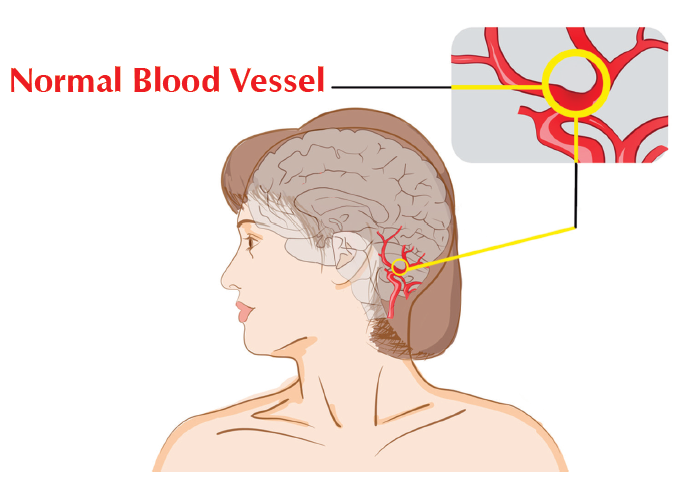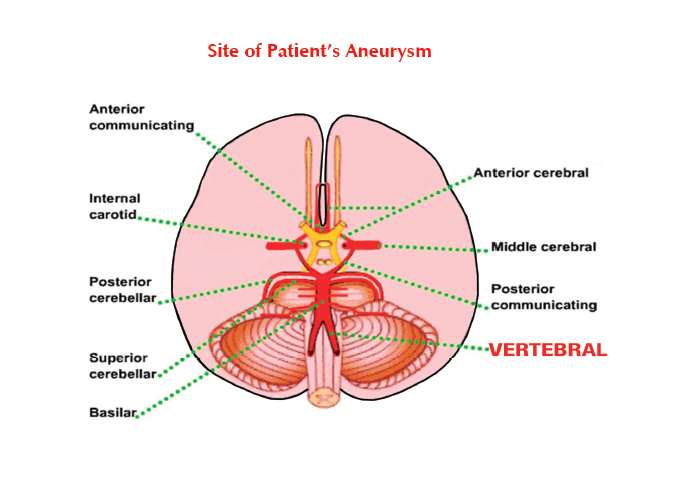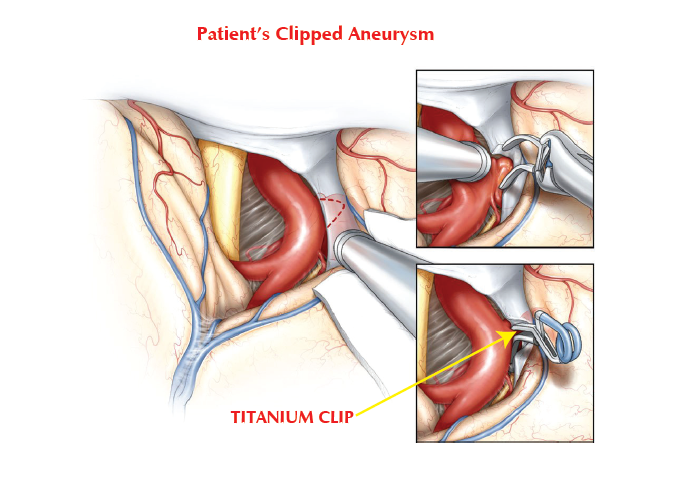Past events at MIOT
60 year old Patient survives rare brain aneurysm
MIOT defies the odds with rare, complex microsurgery for life-threatening brain aneurysm. 60 year old grandma gets a second chance!
Arresting a life-threatening Spontaneous Subarachnoid Haemorrhage (SAH – bleeding into the brain) caused by a ruptured aneurysm is a tough task in itself. Treating the aneurysm in a dangerous and difficult to reach location made the task even more risky. Taking up the challenge, MIOT’s experienced Neurosurgeons successfully performed a rare and intricate aneurysm clipping procedure on 08th March, 2016, to save 60 year old Saliamma, leaving her with zero brain damage.
“It was extremely satisfying that we could send Saliamma home, safe and well.
MIOT could do this successfully since we offer a combination of resources, essential for successful treatment at this level: 1. Advanced imaging equipment 2. Latest facilities for microsurgery of the brain 3.Most importantly, correct and timely decisions made by our team of world class Neuro-Radiologists and Neurosurgeons.”
– Dr. Prithvi Mohandas, Managing Director, MIOT International
Saliamma’s Story
For Saliamma, a house wife from Nellore, Andhra Pradesh, it was a typical day, except she was experiencing the worst headache of her life – a symptom of the ruptured aneurysm that she didn’t even know she had. Her symptoms worsened over the course of the day: she started vomiting and even lost consciousness momentarily. Concerned, her family rushed her to a local hospital, where a regular CT scan showed a brain bleed. Lacking the resources to handle such a complex condition, she was directed to a leading healthcare centre in Chennai.
A ticking bomb
The centre did a brain angiogram which revealed the aneurysm (a balloon-like bulge arising from a weakened wall in very curved blood vessel). It had started to leak blood into her brain membrane.
This condition, called spontaneous Subarachnoid Haemorrhage (SAH) is a rare type of stroke with a very high mortality rate as over a third of patients die on the spot, even before they can seek medical treatment. Only 30% of those who reach the hospital survive, most of them leaving with significant brain damage. So every hour Saliamma remained untreated, her chances of permanent brain damage or death significantly increased.
Given the complexity of the case, the centre referred Saliamma to MIOT International for specialised management.
Hanging in the balance
At MIOT International, the Neuro-radiologist performed Digital Subtraction Angiography (DSA) at MIOT’s advanced Neuro Cath Lab to assess the magnitude and precise location of the aneurysm. The more detailed images revealed that the situation was worse than they originally believed.
“With an aneurysm of that size, and more importantly, due to its dangerously close proximity to her brainstem and spinal cord, it was agreed that endovascular coiling, which is the globally preferred intervention for most types of brain aneurysms, was not an option. There was only one way to treat this particular ticking time bomb: a clipping procedure performed through open microsurgery which had to be 101% accurate”
– Senior Neurosurgeon, MIOT International.
Technology meets expertise
The delicate procedure took 4 hours to complete in the dedicated operating suite for Neurosurgery, starting with MIOT’s surgeons opening the back of Saliamma’s skull to access her brain. Then under the high magnification of the state-of-the-art neuro microscope and the using latest microsurgical instruments, the surgeon carefully accessed the aneurysm. First he used a titanium clip to cut off its blood supply; then its balloon was drained; finally, it was clipped a second time to prevent a recurrence, All of it, with precise, miniscule movements.
Clear for the rest of her life
Post surgery, Saliamma was observed for 48 hours in the dedicated Neuro ICU. There, she not only had an uneventful post surgery phase, but also responded to various neurological tests with flying colours, much to the relief of the doctors, the patient herself and her family. Her CT angiogram, which was taken just before she was discharged, was clear – the aneurysm has been completely secured.
For the team at MIOT, it was a moment of triumph at an excellent outcome, against all odds. In Saliamma’s family, the sentiment was unanimous. “The Gods had brought them to the right place.”
Background
- What is an Aneurysm?
- An aneurysm is a bulge in a blood vessel due to weakness in the wall of the vessel. It can leak or rupture, causing bleeding into the brain. Bleeding from a ruptured aneurysm can cause direct damage to the surrounding cells, kill cells and increase pressure inside the skull. This is a life threatening condition that requires prompt, specialized medical treatment.
- What causes Spontaneous Subarachnoid Haemorrhage (SAH)?
- The rupture of an intracranial aneurysm is one of the most common causes of a Spontaneous Subarachnoid Haemorrhage (SAH). It is a rare type of stroke with a very high mortality rate.
- How dangerous is a Spontaneous Subarachnoid Haemorrhage (SAH)?
- 1 in 3 patients with SAH die before they can get medical care. Approximately 25% of patients die within 24 hours, with or without medical attention. Many survivors are often left with major neurological damage, even coma. (http://emedicine.medscape.com/article/247090-overview)
- What are the signs of SAH?
- A severe headache is the main symptom of SAH, which feels most intense at the base of the skull. Others include neck pain; numbness throughout your body; shoulder pain; seizures; confusion; irritability; sensitivity to light; decreased vision; nausea; vomiting; rapid loss of alertness.
- SAH is diagnosed with MRI, lumbar puncture to check for blood in the spinal fluid, doppler ultrasound and CT.
- What are the treatment options for SAH / brain aneurysms?
- The aneurysm causing the bleed is usually treated with endovascular aneurysm coiling, or clipping. Coiling is an interventional procedure with lesser risks to the patient and is preferred the world over to treat most aneurysms. However, coiling carries a higher risk of re-bleeding.
- How is Aneurysm clipping performed?
- Aneurysm Clipping is arguably the most demanding neurosurgical procedure performed today. During this complex microsurgery, that demands absolute accuracy, the neurosurgeon performs a craniotomy to open the skull, access the aneurysm and place a clip to obstruct blood flow / cut off blood leakage from the main blood vessel to the aneurysm.
- Who performs the procedure?
- The procedure demands the skills of an experienced, multi-disciplinary team which includes a neuro-radiologist, neurosurgeon, neuro-anaesthetist and intensivist.
- What kind of infrastructure is necessary for success in this specialty?
- It requires specialized infrastructure, which includes a fully equipped Neurological Cath Lab (cerebral angiographic suite), advanced CT scanners, neurosurgical microscope and micro-instruments, as well as a dedicated Neuro ICU for post surgical monitoring.
MIOT International is a referral centre in Chennai for patients with complex neurological conditions as it has both the staff and the modalities to offer complete care.








